Transforming a Dresser into a Vanity: A Guide to Enhancing Your Bedroom’s Functionality and Style
Related Articles: Transforming a Dresser into a Vanity: A Guide to Enhancing Your Bedroom’s Functionality and Style
Introduction
With great pleasure, we will explore the intriguing topic related to Transforming a Dresser into a Vanity: A Guide to Enhancing Your Bedroom’s Functionality and Style. Let’s weave interesting information and offer fresh perspectives to the readers.
Table of Content
Transforming a Dresser into a Vanity: A Guide to Enhancing Your Bedroom’s Functionality and Style

The bedroom is often considered a sanctuary, a space for rest, relaxation, and personal expression. It’s where we prepare for the day and unwind at night. A well-designed bedroom fosters a sense of peace and tranquility, and a vanity can play a crucial role in achieving this. However, acquiring a dedicated vanity can be costly and space-consuming. A practical and stylish alternative lies in repurposing an existing dresser into a functional and aesthetically pleasing vanity.
This transformation project offers numerous benefits, including:
- Cost-effectiveness: Repurposing a dresser eliminates the need to purchase a new vanity, saving significant financial resources.
- Space optimization: By utilizing an existing piece of furniture, you can maximize the available space in your bedroom, avoiding clutter and creating a more streamlined look.
- Customization: You can tailor the transformation to your personal preferences and existing décor, resulting in a unique and personalized vanity that perfectly complements your bedroom’s style.
- Sustainability: Repurposing a dresser promotes sustainable practices by giving it a new life instead of discarding it.
Understanding the Transformation Process:
The process of transforming a dresser into a vanity involves several steps, each requiring careful consideration and execution.
1. Selecting the Right Dresser:
The first step is to choose a dresser that aligns with your vision for the vanity. Factors to consider include:
- Size: The dresser should be large enough to accommodate your desired vanity essentials, such as makeup, skincare products, and accessories.
- Style: The dresser’s design should complement the existing décor of your bedroom. A traditional dresser might work well with a classic bedroom style, while a modern dresser would be more suitable for a contemporary space.
- Functionality: Consider the number of drawers and their size, as well as the presence of additional storage compartments.
2. Preparing the Dresser:
Once you’ve selected the dresser, it’s crucial to prepare it for its transformation. This involves:
- Cleaning: Thoroughly clean the dresser to remove dust, dirt, and any existing coatings.
- Repainting or Refinishing: If desired, repaint or refinish the dresser to match your desired aesthetic. Choose a paint or stain that complements your bedroom’s color scheme.
- Adding Hardware: Consider replacing the existing hardware with new knobs, pulls, or hinges that enhance the vanity’s style.
3. Adding the Vanity Top:
The vanity top is a key element that transforms the dresser into a functional vanity. You can opt for:
- Marble or Granite: These natural stone options offer elegance and durability, but they can be expensive.
- Engineered Stone: This cost-effective alternative provides a similar look and feel to natural stone.
- Wood: A wooden countertop can be stained or painted to match the dresser’s finish.
- Glass: A glass countertop adds a modern touch and provides a clear view of the storage underneath.
4. Installing the Sink:
If you desire a fully functional vanity with a sink, you will need to install a sink basin. This involves:
- Choosing the Sink: Select a sink that fits the size and style of the vanity top.
- Installing the Sink: Follow the manufacturer’s instructions carefully to ensure proper installation and prevent leaks.
5. Adding Storage and Accessories:
To enhance the vanity’s functionality and organization, consider adding storage solutions and accessories:
- Mirrors: A mirror is essential for any vanity. You can choose a freestanding mirror, a wall-mounted mirror, or even a mirror attached to the dresser’s back.
- Lighting: Adequate lighting is crucial for applying makeup and skincare products. Install vanity lights, either on the wall or mounted on the dresser.
- Organizers: Use drawer organizers, trays, and other storage solutions to keep your vanity essentials neatly organized.
6. Final Touches:
Once you’ve completed the transformation, add the finishing touches to personalize your vanity:
- Decorative Items: Add decorative elements such as plants, candles, or decorative trays to enhance the vanity’s aesthetic appeal.
- Personal Touches: Incorporate items that reflect your personal style and create a welcoming atmosphere.
FAQs about Transforming a Dresser into a Vanity:
Q: What type of dresser is best for a vanity conversion?
A: A dresser with a sturdy top, ample drawer space, and a design that complements your bedroom’s style is ideal.
Q: Can I install a sink without plumbing?
A: Installing a sink without plumbing requires a portable basin and a water jug. You can also opt for a decorative sink that serves purely as a visual element.
Q: How do I choose the right mirror?
A: Consider the size and style of the mirror. A larger mirror can make the space feel bigger, while a smaller mirror can create a more intimate feel.
Q: What type of lighting is best for a vanity?
A: Vanity lighting should be bright and even, providing ample illumination for applying makeup and skincare products. LED lights are energy-efficient and long-lasting.
Q: How do I maintain my vanity?
A: Regularly clean the vanity top, mirror, and accessories to keep them free of dust and debris.
Tips for Transforming a Dresser into a Vanity:
- Plan carefully: Before starting the project, consider the size, style, and functionality of the dresser and your desired vanity features.
- Measure twice, cut once: Ensure accurate measurements to ensure that the vanity top and other components fit correctly.
- Use high-quality materials: Invest in durable and aesthetically pleasing materials for the vanity top, sink, and hardware.
- Seek professional help if needed: If you’re unsure about any aspect of the project, consult with a professional for assistance.
Conclusion:
Transforming a dresser into a vanity is a rewarding project that can enhance your bedroom’s functionality, style, and overall appeal. It allows you to create a personalized space that reflects your unique style and preferences. By following these steps and tips, you can successfully create a beautiful and functional vanity that will serve as a focal point in your bedroom for years to come.
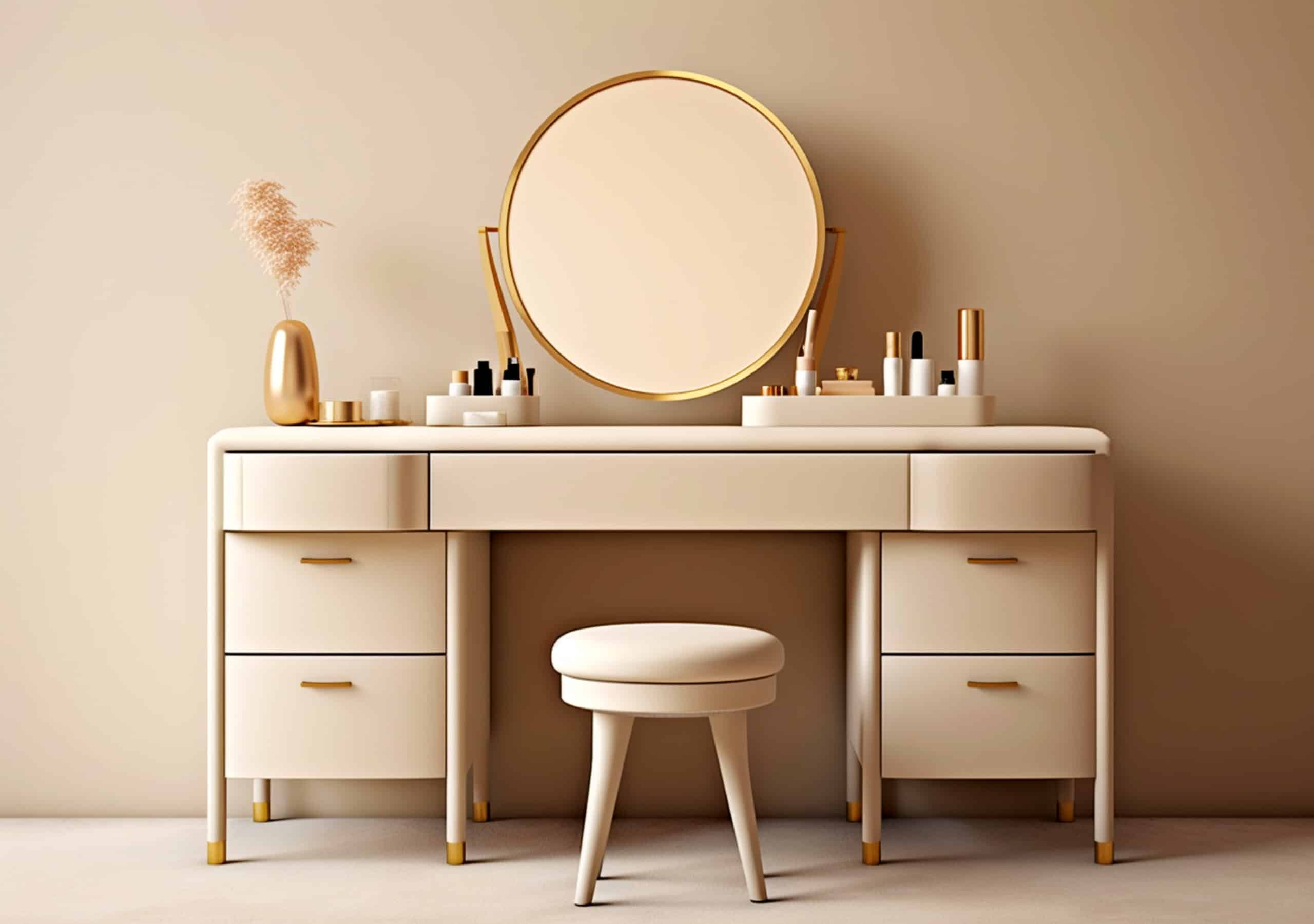
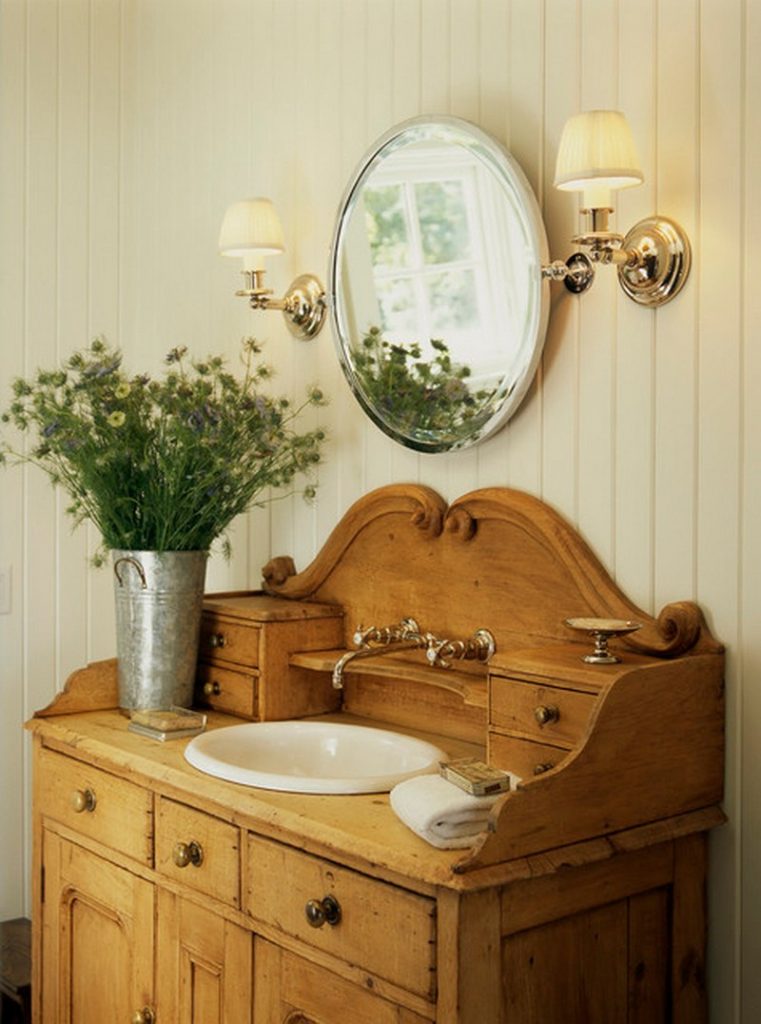
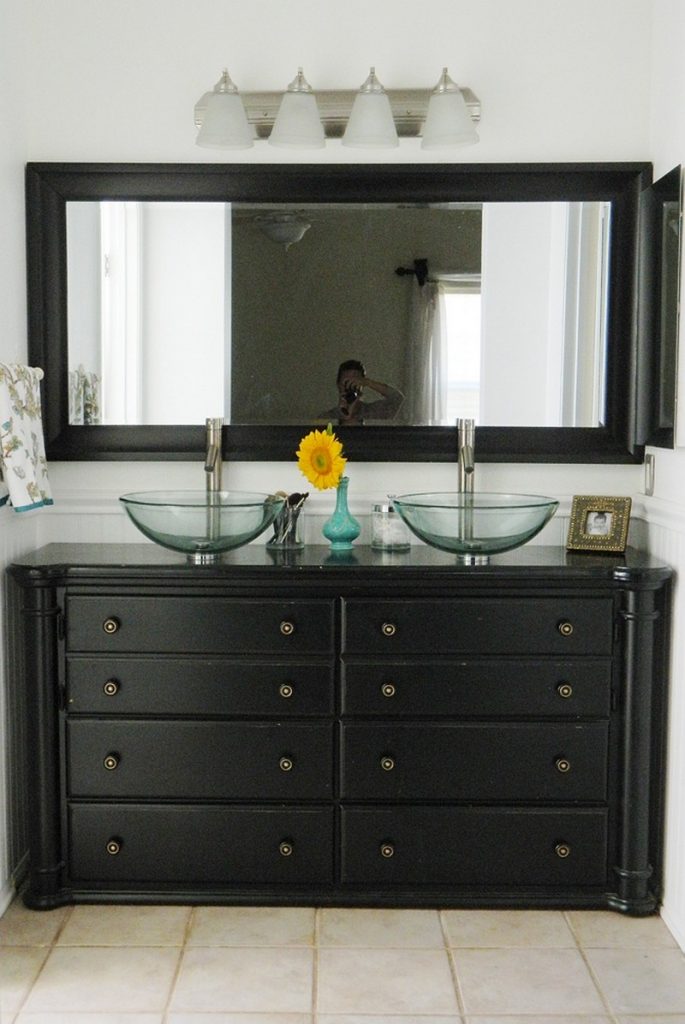
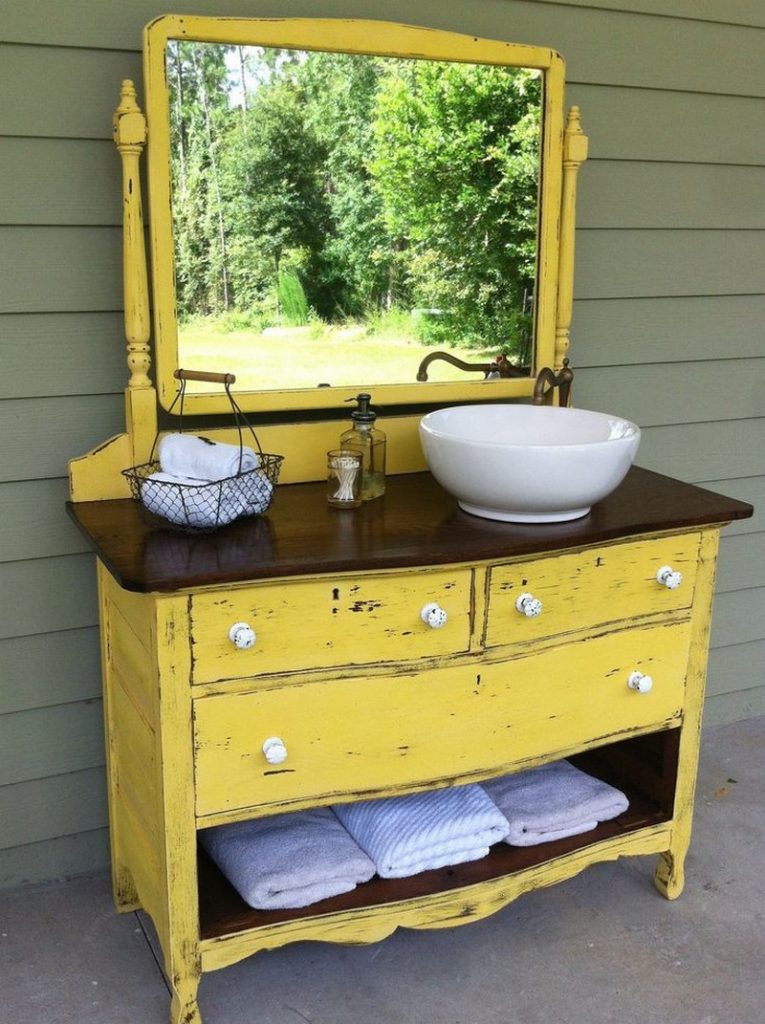
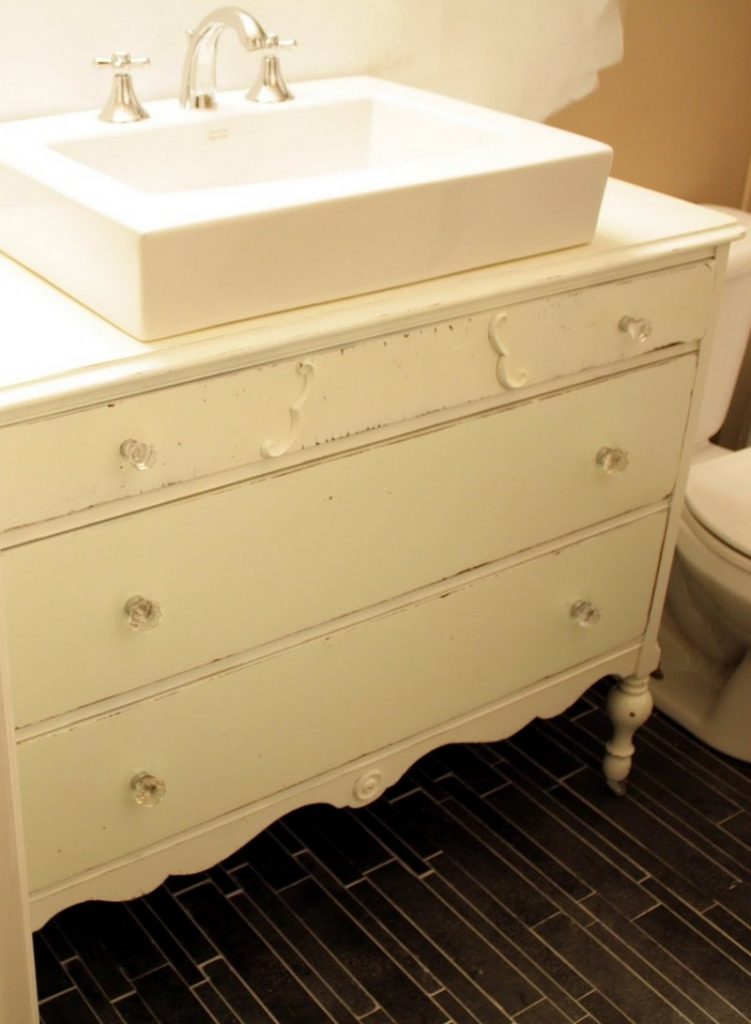
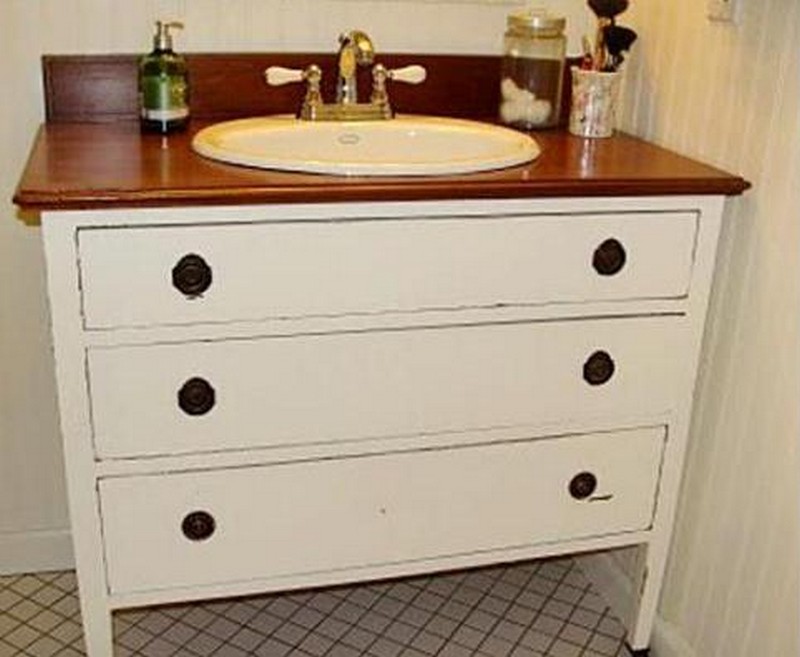

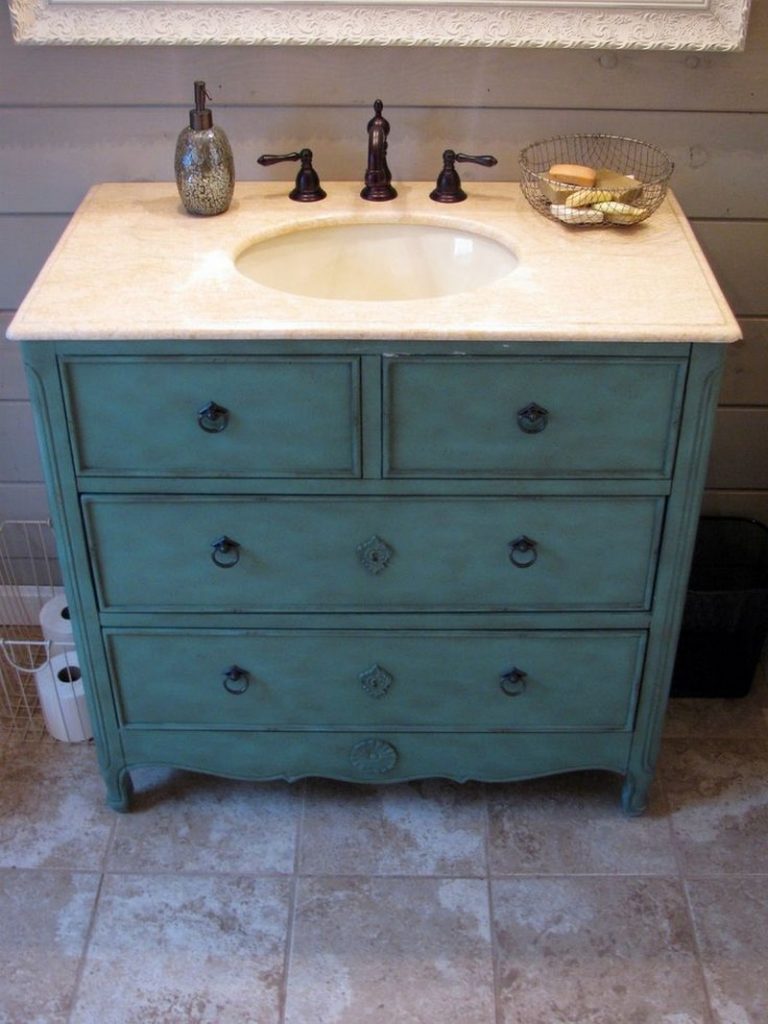
Closure
Thus, we hope this article has provided valuable insights into Transforming a Dresser into a Vanity: A Guide to Enhancing Your Bedroom’s Functionality and Style. We hope you find this article informative and beneficial. See you in our next article!